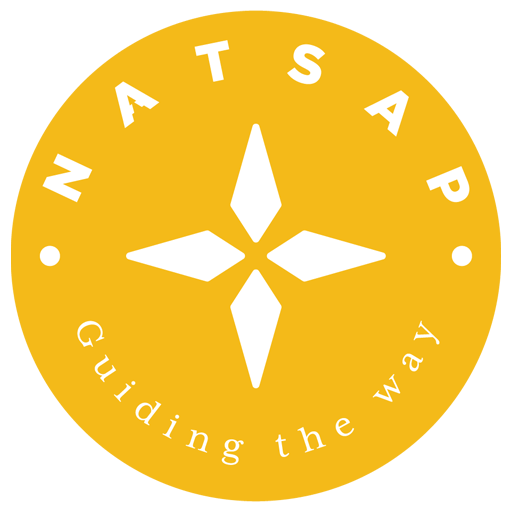A Call to Action: Supporting Families Affected by Parental Substance Use Disorders
A recent analysis published in JAMA Pediatrics revealed a sobering truth: in 2023, nearly 19 million children in the United States—roughly one in four—lived with a parent or primary caregiver struggling with a substance use disorder (SUD). This statistic is more than just a number. It reflects a national crisis with deep implications for youth mental health, family systems, and generational well-being.
As an organization committed to the mental health and therapeutic treatment of youth and families, the National Association of Therapeutic Schools and Programs (NATSAP) views this data as an urgent call to action. Our member programs serve young people navigating complex emotional, behavioral, and mental health challenges—challenges that are too often compounded by the instability and trauma associated with parental substance use.
The Ripple Effects on Youth
Children of parents with SUDs are significantly more likely to face early adverse childhood experiences (ACEs), which can influence brain development, emotional regulation, and long-term physical and mental health. These children are also more likely to begin using substances themselves at younger ages and are at greater risk of developing SUDs and co-occurring mental health disorders in adolescence or adulthood.
The data further underscores that many of these children—more than 6 million—are living in homes where substance use coexists with mental illness, such as major depression. This dual exposure can intensify the emotional toll on a child and increase the complexity of clinical needs if and when they enter care.
The Importance of Family-Centered Care
NATSAP recognizes that effective youth treatment must consider the broader family context. The presence of parental substance use often creates instability, neglect, or intergenerational cycles of trauma. As such, our programs prioritize family involvement in the healing process—offering therapy, education, and structured support that address the needs of both the child and the wider family system.
The recent study, led by researchers at the University of Michigan, reinforces the need for expanded access to family-based interventions and treatment models that do not isolate youth from their familial realities, but instead work to heal those relationships. Addressing the family as a unit can improve long-term outcomes for both children and their caregivers.
A Shared Responsibility
Therapeutic schools and programs cannot meet this challenge alone. The scale of this issue demands robust, collaborative responses:
- Accessible, effective treatment options for parents with SUDs, without stigma.
- Early intervention and prevention efforts targeted at youth in high-risk homes.
- Supportive, trauma-informed environments where children can heal and develop healthy coping mechanisms.
- Public awareness and community education about the impact of parental SUD on child development.
We at NATSAP commend the researchers for shedding light on this critical issue. We also urge policymakers, educators, clinicians, and community leaders to come together to create more safety nets for these families. Our member programs stand ready to be part of that solution—providing compassionate, evidence-informed care for youth who deserve the opportunity to thrive, no matter their circumstances.
Healing Begins with Support
NATSAP remains steadfast in its belief that every young person has the right to quality mental health care. When children are surrounded by adults who are struggling, it is even more essential that our systems rise to meet their needs with empathy, resources, and a path forward.
Together, we can break the cycle—and offer hope, healing, and opportunity to the 19 million children who need it most.
 NATSAP Celebrates 25th Anniversary in 2024!
NATSAP Celebrates 25th Anniversary in 2024! 